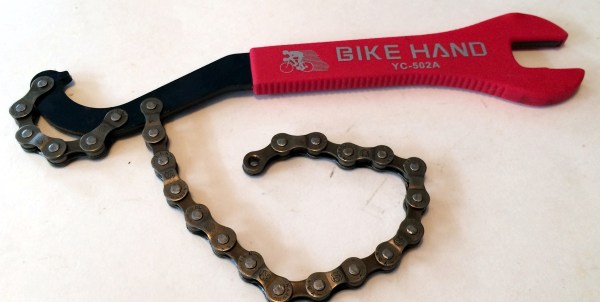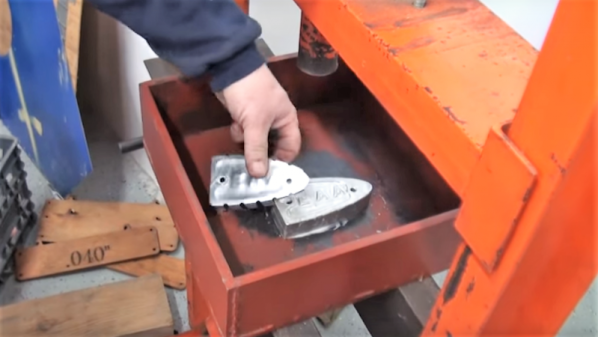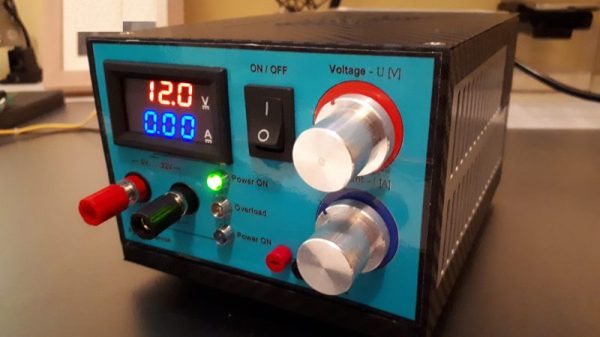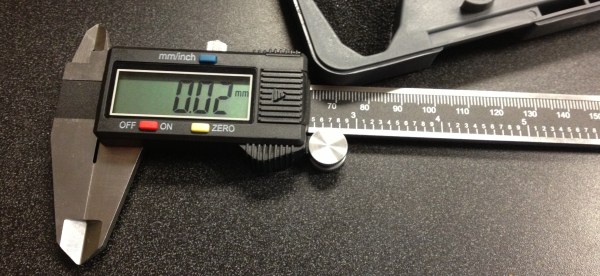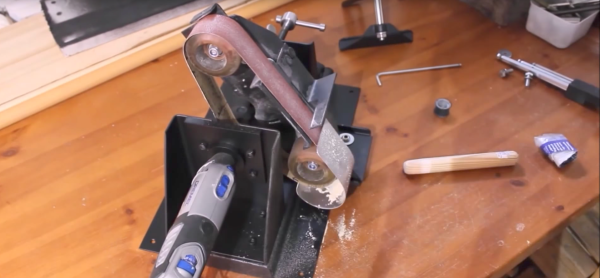I’m a tool person. No matter how hard I try, I eventually end up with a bunch of tools that I just can’t bear to banish from my workshop. Why? I’m gonna keep it 100%: it’s the same emotion behind hoarding — fearing that you might need a thing later and not be able to have it.
The stuff costs money, and if you have to script to buy a bunch of tools pertaining to Project X, you expect to still have and probably need those very same tools — even if they have to sit in a box on my shelf for 20 years, taunting me every time I have to move it to one side. “Heat-bending element” the box’s label describes at tool I haven’t used in at least 5 years. I have a bunch of these white elephants. I’ll probably need to heat-bend acrylic real soon… yeah.
I’ve found that pretty much everyone in our crowd can relate. You buy a special tool for one project and it was expensive and tremendously helpful, and since then it’s been sitting around uselessly. You certainly couldn’t part with it, what if you needed it again? So you store it in your house for 20 years, occasionally coming across it when looking for something else, but it never actually gets used.
Join me now in a walk down our memory lane of useless tools.
Continue reading “The Most Useless Tools You Can’t Seem To Part With”

